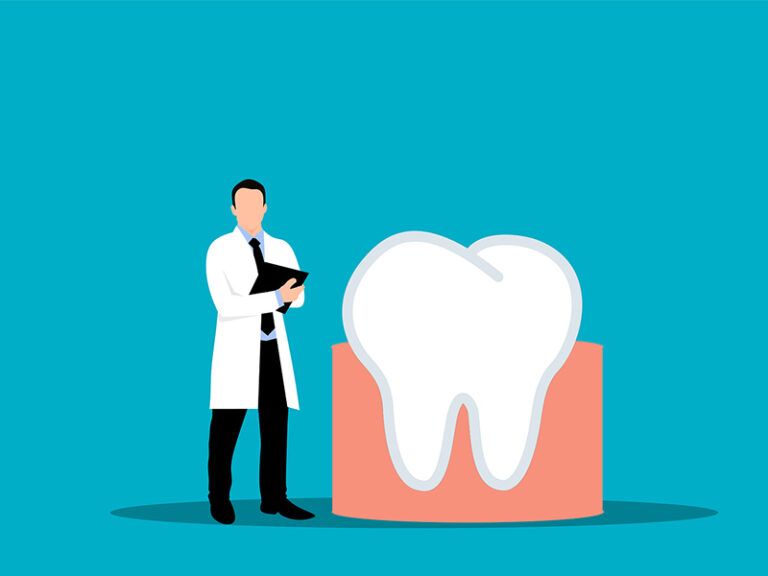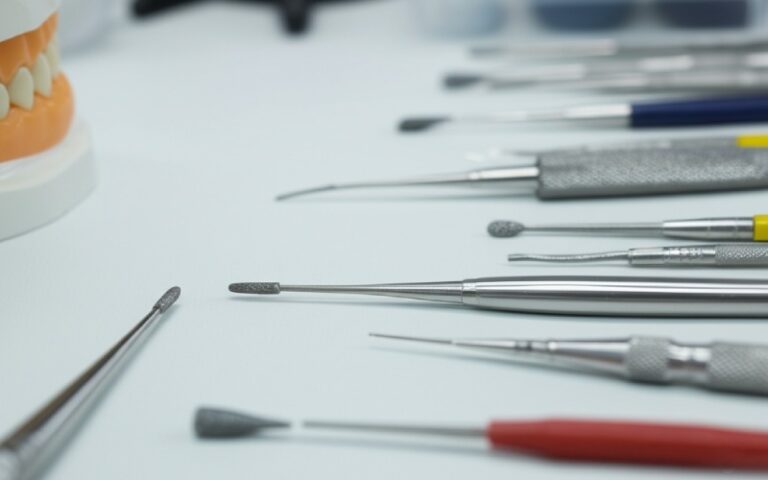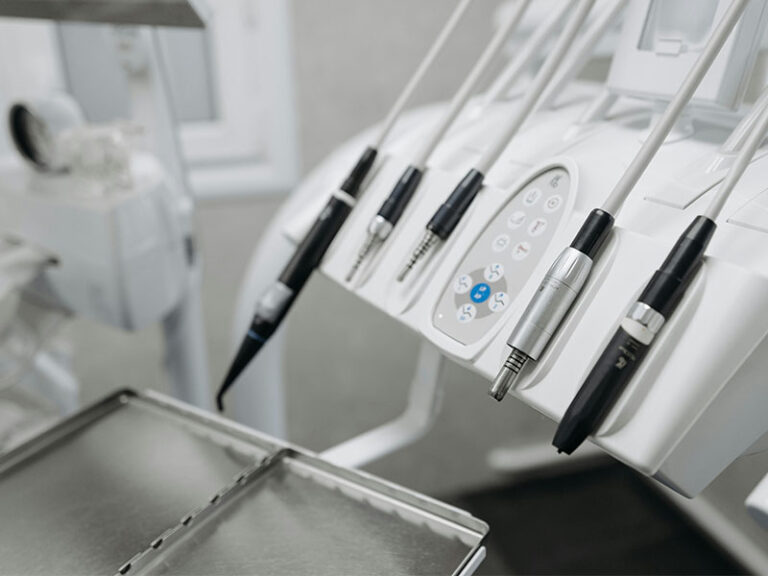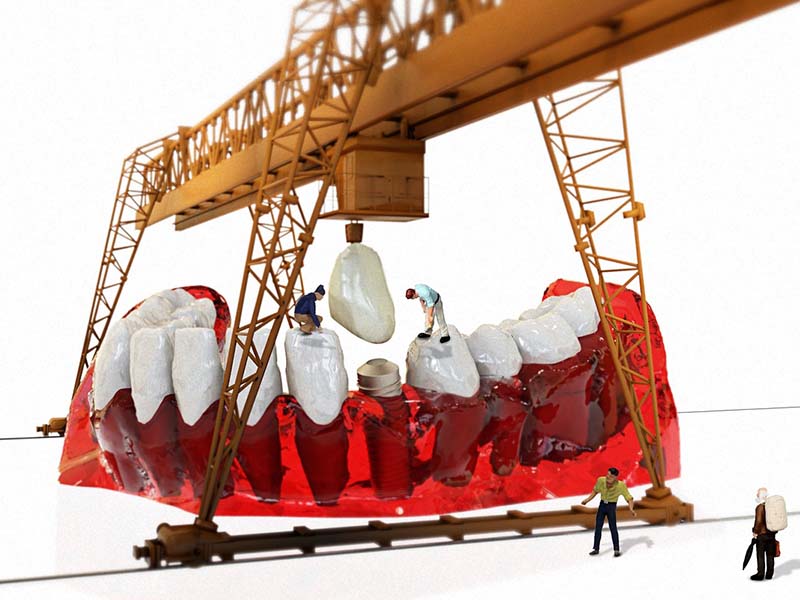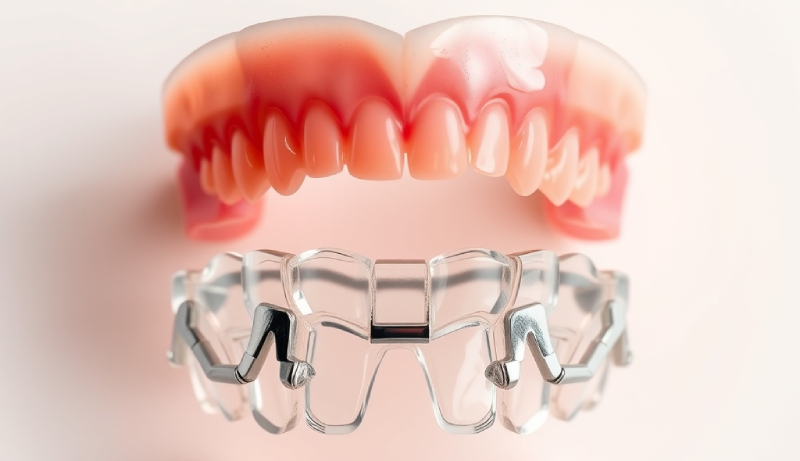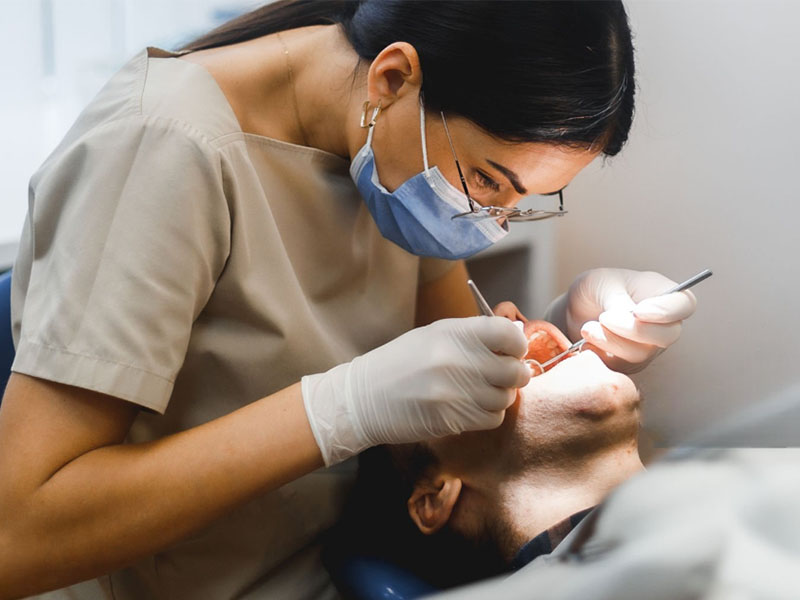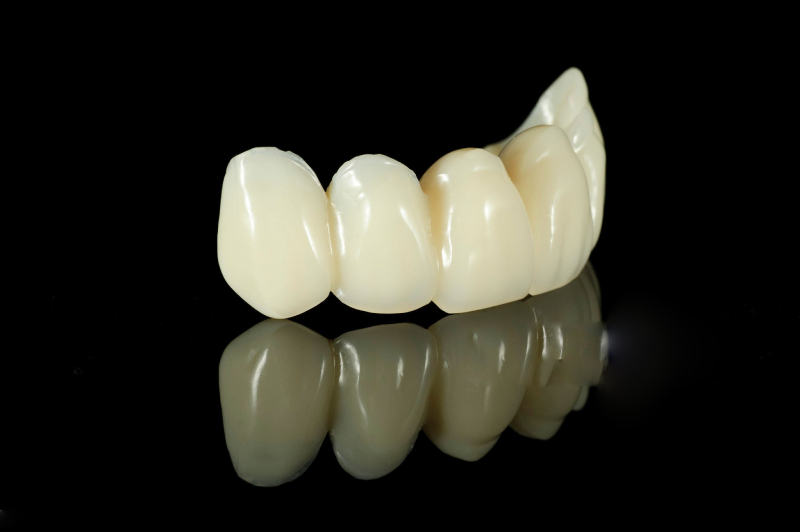
Multi-Layer Zirconia Crowns: Making the Edges of Your Teeth Look Real
Multi-layer zirconia crowns are special dental coverings for fixing front teeth. What’s neat about them is how real they look, especially at the sharp biting edge known as the “incisal edge.” This article explains how dentists and dental workers make these crowns look just like real teeth. If you’re curious how this new kind of crown works, why it’s better, and how it can help you smile with confidence, you’re in the right place.
Table of Contents
What Are Multi-Layer Zirconia Crowns?
Let’s keep it simple. A crown is like a helmet for a tooth. It covers the part that you see above the gum. Dentists use crowns if a tooth breaks, has a big hole, or just doesn’t look nice anymore.
Zirconia is a strong, bright white material. It’s good to your gums and holds up well while you chew. The cool thing about multi-layer zirconia is it can look more like real teeth, since it changes color from the part near your gums to the tip.
A multi-layer zirconia crown isn’t all one color. It changes shades and is a bit see-through—just like a real tooth. This is called gradient translucency and shade (which just means the color and see-through part changes from bottom to top). The darker part sits by the gum, the lighter, more clear part forms the biting edge.
Why Do We Need Better Crowns for Front Teeth?
So, why not just stick with simple crowns for your front teeth? Well, that’s easy.
People notice your front teeth when you talk or smile. If these teeth look fake, too white, too dull, or too perfect, others can spot it fast. Older crowns, like PFM (Porcelain Fused to Metal), sometimes look gray or boring.
When crowns don’t match your real teeth, it can make you feel awkward. You might stop smiling or pull back when you laugh. The trouble gets worse because front teeth take the most hits, so fixing them matters a lot.
You want crowns that are strong and look great. You want them to last and look as lively as your own teeth. Multi-layer zirconia crowns step up and do just that, bringing back your smile.
How Has Zirconia Changed Over the Years?
When I started in dentistry, zirconia was like a strong brick—good for chewing but not pretty. We called those pieces ‘opaque zirconia.’ Dentists liked how hard it was, but patients didn’t like how fake it looked.
Over time, scientists and companies invented multi-layer zirconia. The trick is how they mix the stuff inside—mainly a thing called yttria. This lets light pass through the zirconia in different ways at different places.
Now you get a crown with a solid, strong base and a brighter, glassy tip. That’s called biomimetic dentistry—basically, making fake teeth work like the real thing.
What Makes Natural Teeth Look Real?
Let’s look closer. Real teeth aren’t just one color. They start a bit yellow by the gum, get lighter in the middle, and look almost glassy or bluish at the edge.
What Makes Real Teeth Stand Out:
- Translucency: Light goes through the tip.
- Opalescence: The edge shows colors like blue and orange when light hits it.
- Mamelons: Wavy lines you see on kids’ and young adults’ front teeth.
- Halo Effect: The tip glows white when light shines on it.
- Surface Texture: Tiny grooves and bumps catch the light and make a tooth sparkle.
If a crown doesn’t have these, it sticks out and looks fake.
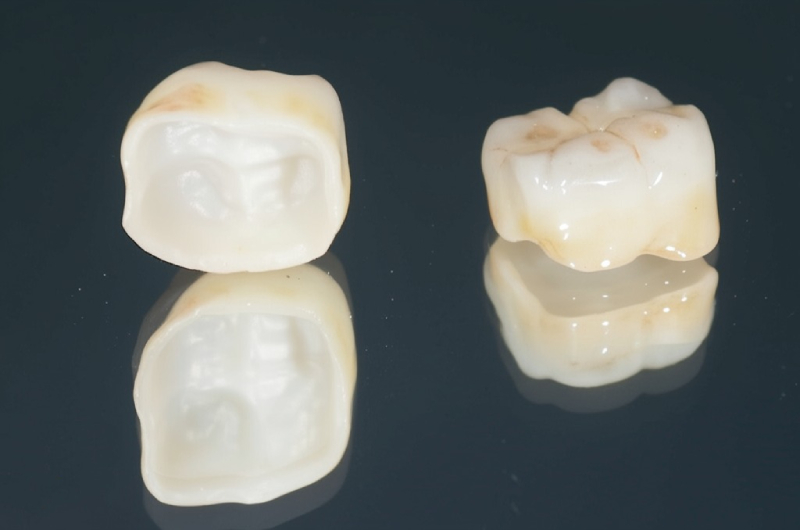
How Do Multi-Layer Zirconia Crowns Copy Real Teeth?
The new crowns use multi-color zirconia, meaning the color changes from one end to the other.
How Does It Work?
- At the bottom (cervical zone), the material is like tooth inside stuff (dentin)—strong and blocks some light.
- At the top (incisal zone), it turns more see-through, like the shiny covering (enamel) on a real tooth.
- When light goes through the crown, the colors mix just like in your own mouth.
This special set-up, called a gradient structure, means even a sharp-eyed person might not tell these apart from real teeth.
Why Is the Incisal Edge So Important?
Why do we care so much about the tip of the tooth? It’s because that’s where the eye goes front and center.
The Problem:
If the tip is too flat, too white, or just too boring, the crown looks fake. In the past, crowns often looked like little white blocks. No one wants their front teeth looking like piano keys!
The Real Thing:
At the tip, sunlight goes into the tooth and bounces all over. Some gets blocked, some goes right through, and some makes the tip glow. That play of light is what makes a smile look real. That’s why dentists and labs spend so much time making the incisal edge just right.
How Do Dentists Make the Incisal Edge Look Real?
Getting the crown to look real means more than getting the color right. You need to copy the shape, shine, and see-through bits of a natural tooth. Here’s how it happens:
1. The Cut-Back Technique:
The lab makes the crown with extra material at the tip, then trims it back. A skilled technician puts on different layers of porcelain to add wavy lines, a glowing edge, and other tiny details.
2. Staining and Glazing:
Sometimes techs use special colors before the last baking to fix up the hue, depth, and brightness. This stops the tooth from looking flat.
3. Digital Design:
Techs use computer programs to map out the detailed shapes and lines of a real tooth and make sure every crown matches the patient’s smile.
4. Polishing:
After all the layers and coloring, the crown gets a final shine. This finish bounces the light around and brings out the sparkle, just like in your own teeth.
Table: Ways to Make Incisal Edge Lifelike
| Technique | Main Good Point | Hard Part |
|---|---|---|
| Cut-back & Porcelain | Realistic shape & shine | Needs a skilled worker |
| Inside Staining | Nice color depth | Hard to fix once baked |
| Outside Staining | Quick color fix | Color can wear off |
| Digital Design | Detailed, repeatable look | Needs fancy computer tools |
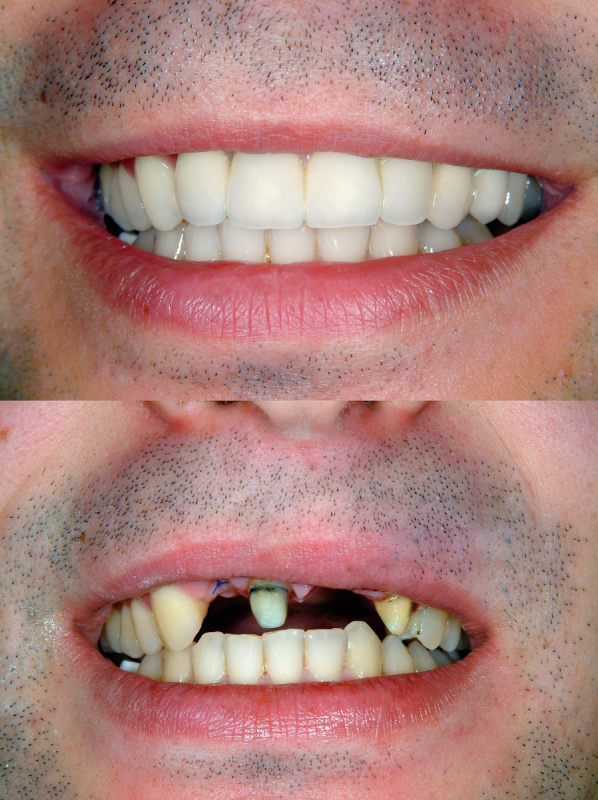
What Happens in the Dental Lab?
Once your dentist takes a mold or scan of your tooth, the dental lab works its magic:
- Digital Smile Design:
The lab looks at your scan or mold on a computer. They plan out the exact shape, size, and feel of the tooth. - Pick the Material:
They choose a multi-layer zirconia disk that’s strong at the base and nice-looking at the tip. - Milling:
A computer cuts out the shape of your new tooth from the disk, making sure it fits you just right. - Sintering (Firing):
The crown gets baked in a hot oven so it’s strong and the colors show up just right. - Layering and Finishing:
For extra-real tips, lab workers slice back a layer and put on more porcelain and special stains to match your own teeth. - Polishing & Checking:
They shine it up and double-check fit and look, then send it back to your dentist.
Can Multi-Layer Zirconia Crowns Last a Long Time?
Multi-layer zirconia crowns are super strong. Some last ten years or more without problems!
Here’s what studies show:
- Strength: Way above average—enough for even hard chewers.
- Chipping: Only about 3% break in five years if done right.
- Happy patients: Over 85% love how they look and feel.
- Thin edge: Only as thin as 0.5 to 1 mm at the tip is needed, so more of your own tooth stays.
But keep in mind, the crown has to go in right and you need to keep your teeth clean. Gum health and dental checkups are so important.
What Are the New Trends in Dental Crowns?
Dentistry just keeps moving ahead. Here’s what’s new:
- Super See-through Zirconia: New stuff that looks even more like real teeth for hard-to-match spots.
- Computers and AI: Digital tools help plan lines, bumps, colors, and polish for each person.
- Faster Lab Work: Digital labs finish crowns way quicker than old-school ones—expect shorter waits.
- Stronger Glues: New cements keep crowns on tight for years.
- Better Scans and Pictures: Special tools help dentists pick the best color and design before sending anything to the lab.
Table: Old Crowns vs. Multi-Layer Zirconia
| What You Get | Old Crowns (PFM, Basic Zirconia) | Multi-Layer Zirconia |
|---|---|---|
| Looks | Flat, sometimes gray | Natural, mixed colors |
| Strength | Good, but chips sometimes | Super strong |
| Tooth Wear | Wears out teeth | Gentle on other teeth |
| Light Reflection | Dull | Looks real |
| Lasts | 5-10 years | 10+ years |
| Gum Health | Good, but metals can cause issues | Excellent |
Questions and Answers
Q: Do multi-layer zirconia crowns look like real teeth?
A: Yes! If done well, even dentists can have a hard time telling them apart from real teeth.
Q: Are these crowns strong enough if I grind my teeth?
A: Yes! Modern zirconia crowns are really tough and will work for most people, even if you grind your teeth.
Q: Will you match my tooth color perfectly?
A: Skillful dentists and labs use digital scans, color guides, and special stains to match your teeth. Good photos help a lot, too.
Q: Are there any problems with zirconia crowns?
A: Any crown can break, but zirconia crowns break less than most. Just listen to your dentist’s advice about care and cleaning.
Summary: The Basics of Multi-Layer Zirconia Crowns
- Multi-layer zirconia crowns are changing the way we fix front teeth. They’re strong and they look great.
- These crowns copy the real look of teeth, especially at the incisal edge.
- Great dental labs use computers, colors, and skilled hands to make these crowns.
- Crowns last many years when both dentist and patient do their part.
- Ask your dentist if multi-layer zirconia and new materials can help your smile.
References:
- Sailer I, et al. “A systematic review of the performance of zirconia ceramic and metal-ceramic multiple-unit fixed dental prostheses.” Int J Prosthodont. 2015.
- Raigrodski AJ. “Contemporary Materials and Technologies for All-Ceramic Fixed Partial Dentures: A Review of the Literature.” J Prosthet Dent. 2004.
- Manufacturer technical sheets: Katana Zirconia, 3M, and Dentsply Sirona.
- Dental Ceramics: A Review of New Materials and Processing Methods, J. Am. Dent. Assoc. 2013.
- “The Science and Art of Incisal Edge Characterization in Anterior Zirconia Restorations,” Journal of Prosthetic Dentistry, 2022.
For more answers, talk to your dentist or go to our Dental Crowns Info Center.
Key Points to Remember:
- Multi-layer zirconia crowns mix smart science and care for a natural smile.
- The trick is paying attention to the incisal edge.
- Modern labs and computer tools help crowns fit and look better.
- Most crowns last a long time if you look after them.
- Always ask questions and be involved in your dental care for the best results.

